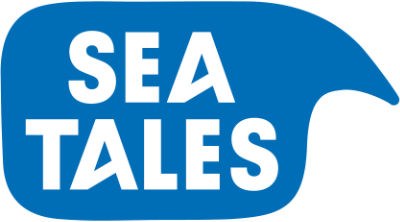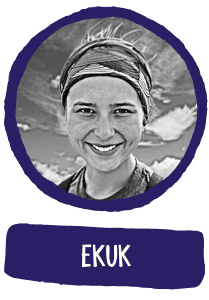Salmon from the other side of the globe
Facts & Figures
‘I enjoy doing this with my family’
Every summer Johnna travels with her family to Ekuk to fish for sockeye salmon. On the coastal stretch of more than 16 miles they lay out their nets - and together pull them back. What’s on their plate for dinner? ‘Pickled salmon is my favourite,’ says Johnna. ‘Once you’ve had that, you never want something else.’
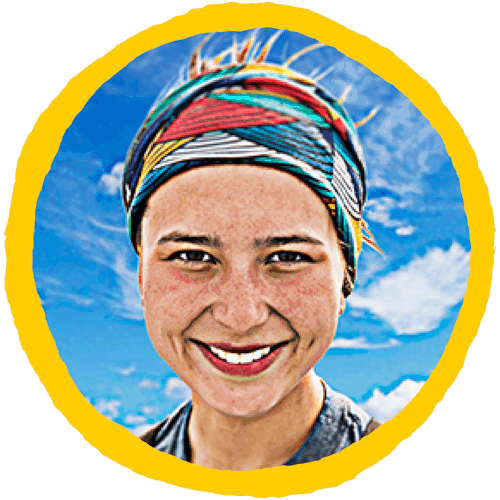
Fishing method
The Eukuk fishery is the only fishery in Bristol Bay catching with small gillnets. That makes the quality so outstanding. During ebb the fishermen in Ekuk throw out their gillnets horizontally in sea and anchor them on the beach. The fishermen swim upstream during ebb and afterwards pull the nets with their trucks on the mainland. They manually take the fish out of the nets; within one hour the fish are iced.
Ekuk
Life for the people at Bristol Bay has been all about sockeye salmon for thousands of years. In summer the small town of Ekuk comes to life: in July and August the fishermen are up and running and there’s enough work to do. In wintertime there’s no-(salm)one to be seen.
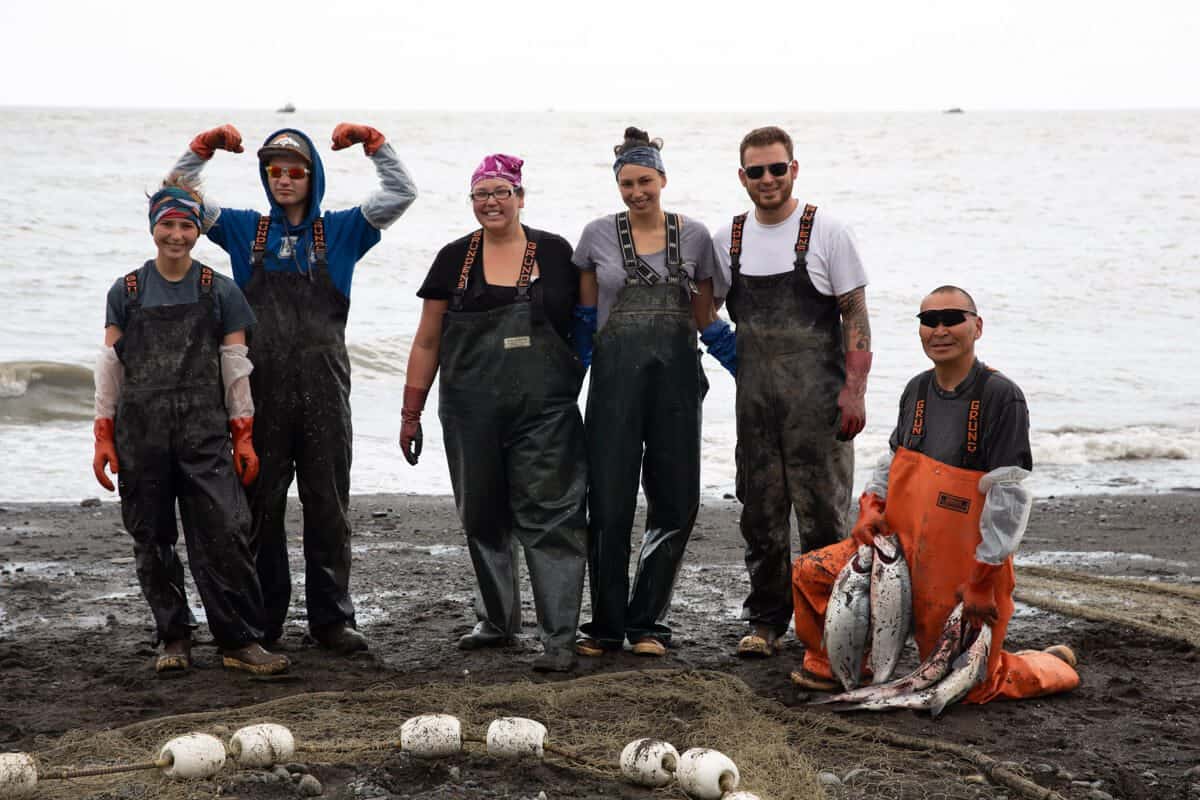
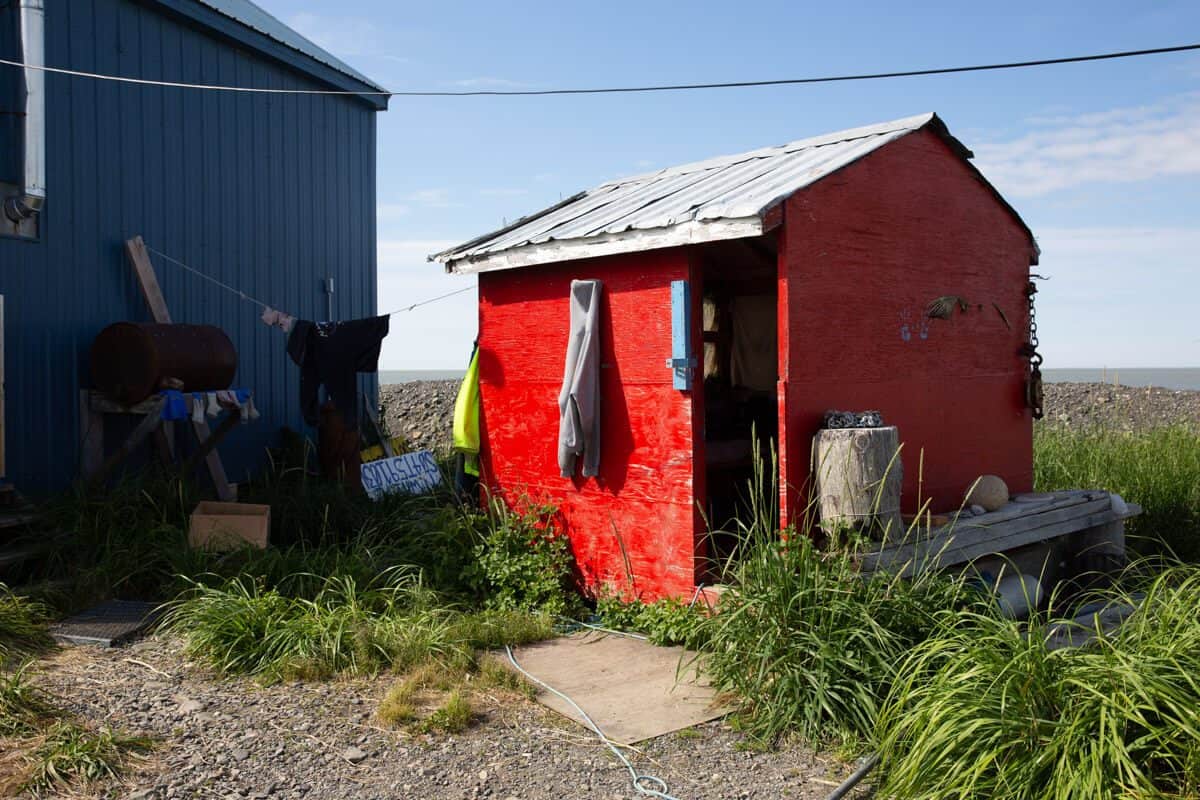
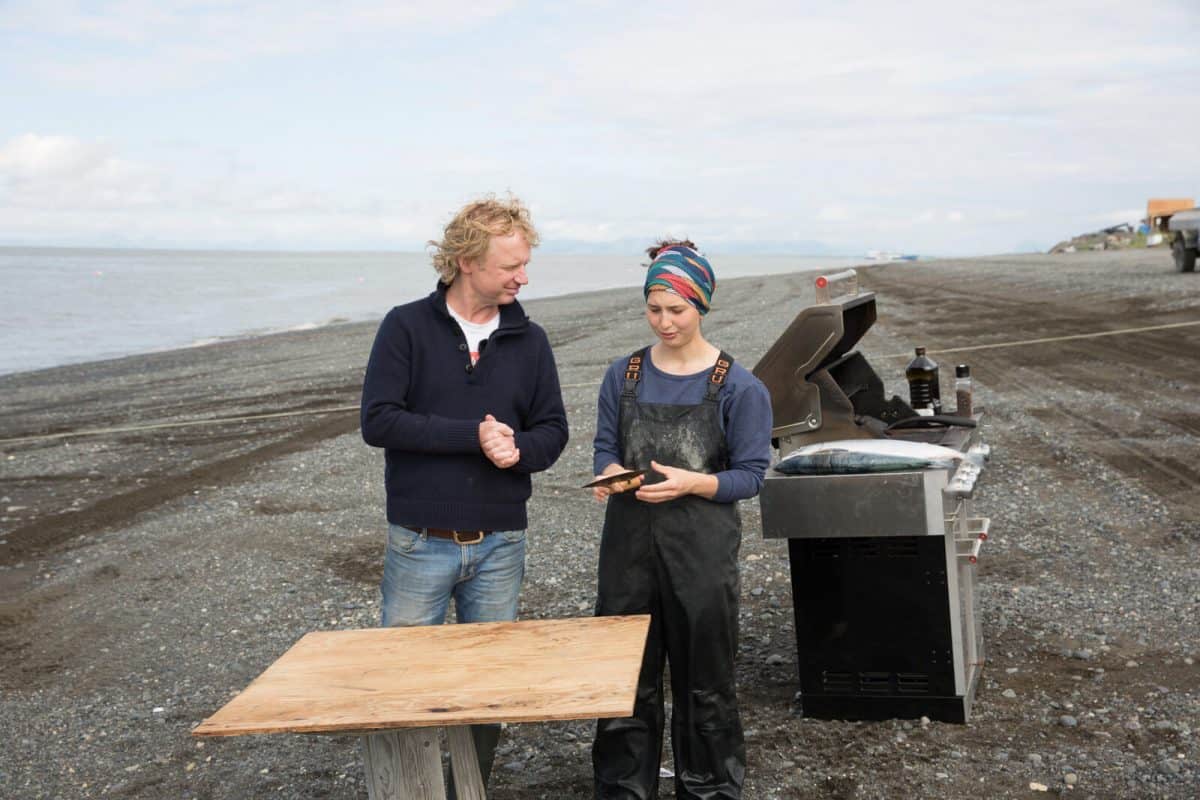
The end of the world
Ekuk means ‘the last village below’. This can be taken quite literally: it’s the most southern village of the Nushagak Bay, a branch of the Bristol Bay. You can only reach it by boat or plane, making it feel a bit like it’s at the end of the world. In summertime about 400 people live here, but during winter the place is abandoned.

Wild sockeye salmon
The Bristol Bay is home to the largest population of sockeye salmon in the world - and also the tastiest. The Eukuk fishery is the only fishery in Bristol Bay catching with small gillnets. That makes the quality so outstanding. The salmon is an anadromous fish, which means that it swims from the sea up the stream in the river to lay eggs. That’s hard work, so beforehand the fish fills its belly with plankton and small crustaceans. Exactly: that’s where it gets its gorgeous deep red colour.

